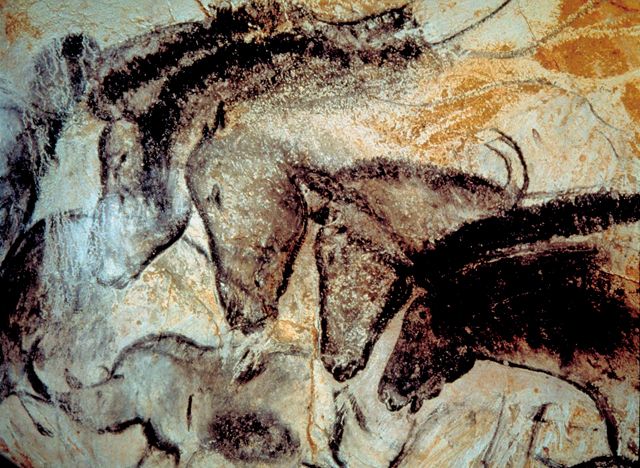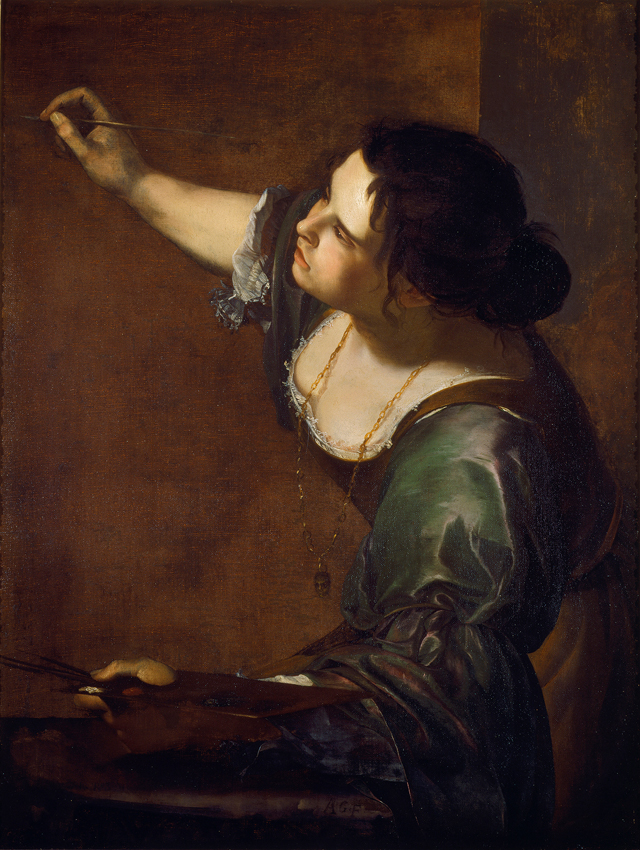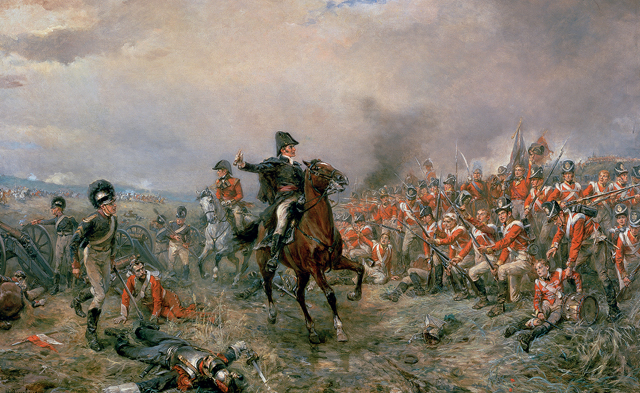My favourite painting: Deborah Meaden
Deborah Meaden chooses her favourite painting for Country Life.


Horse panel cave painting, about 28,000bc, Chauvet-Pont- d’Arc, Ardèche, France
Deborah Meaden says: I have seen many cave paintings, but this was the first where I felt the author was intentionally creating a piece of art. If you look at the horse heads, you see they are all drawn with a sense of respect, each individual with a different expression, not just the usual representative images we are used to seeing on cave walls. I have the sense that the artist actually liked horses, something I would not have imagined of a cave dweller living 30,000 years ago. It changed my perspective on these ancient people and their relationship with the animals around them.
Deborah Meaden is a businesswoman and panellist on Dragons’ Den. She is also an ambassador for Hoof, a scheme set up by the British Equestrian Foundation to get more people riding.
John McEwen comments: The Chauvet-Pont-d’Arc Cave is at the base of a limestone cliff in the Gorges de l’Ardèche, south-east France. It was discovered on December 18, 1994, and is named after Jean-Marie Chauvet, one of the three speleologists (cave scientists) who first explored it.
The unusually large and well-preserved cave, its entrance sealed by a rock collapse 29,000 years ago, has hundreds of animal paintings of at least 13 different species, some long extinct. Carbon dating undertaken three years ago suggests the paintings date from separate Ice Age periods, 35,000 and 30,000 years ago. They are considerably older than those from 17,000 years ago at Lascaux in Dordogne, discovered in 1940, and from 11,000 and 19,000 years ago at Altamira in northern Spain, first explored in 1875.
Chauvet’s carbon-dating results confounded the experts, who were convinced the subtle shading, use of perspective and sheer elegance of the paintings were from a more recent time.
The cave is 1,310ft long, with vast chambers. The earliest paintings, in red ochre, are at the front; the later ones, in black from charred wood, at the back. Unlike in other decorated prehistoric caves, surfaces were smoothed before painting. Two-thirds of the animals shown are lions, mammoths and rhinos. These were rarely hunted and challenge the academic view that cavemen made images of their prey so that, when hunted, it would similarly succumb to their power. Also unprecedented is the inclusion of ‘scenes’. The horse ‘panel’ is a Chauvet masterpiece.
Sign up for the Country Life Newsletter
Exquisite houses, the beauty of Nature, and how to get the most from your life, straight to your inbox.
On April 25 this year, a replica of the cave, the largest ever built, was opened at Chauvet-Pont-d’Arc.
More from the 'My Favourite Painting' series:

My favourite painting: Sandi Toksvig
Sandi Toksvig chooses her favourite painting for Country Life.

My favourite painting: Peter Snow
Peter Snow chooses his favourite painting for Country Life.
Country Life is unlike any other magazine: the only glossy weekly on the newsstand and the only magazine that has been guest-edited by HRH The King not once, but twice. It is a celebration of modern rural life and all its diverse joys and pleasures — that was first published in Queen Victoria's Diamond Jubilee year. Our eclectic mixture of witty and informative content — from the most up-to-date property news and commentary and a coveted glimpse inside some of the UK's best houses and gardens, to gardening, the arts and interior design, written by experts in their field — still cannot be found in print or online, anywhere else.
-
 My favourite painting: Allan Mallinson
My favourite painting: Allan MallinsonMilitary historian Allan Mallinson picks an image of 'faith, generosity and ultimate sacrifice'.
By Charlotte Mullins
-
 My Favourite Painting: Piet Oudolf
My Favourite Painting: Piet Oudolf'One cannot sense whether he is far out on the ocean or closer to shore, or what he may be watching or feeling in that moment as he stares towards the beach.’
By Country Life
-
 My Favourite Painting: Mary Plazas
My Favourite Painting: Mary Plazas'There is compassion, awe, humility, a knowing yet a questioning in the glistening eyes. It moves me, it inspires me beyond the need to know.’
By Country Life
-
 My favourite painting: Robert Kime
My favourite painting: Robert KimeRobert Kime shares his fondness for New Year Snow by Ravilious
By Country Life
-
 My Favourite Painting: Anna Pavord
My Favourite Painting: Anna PavordAnna Pavord chooses a picture which reminds her of where she grew up
By Country Life
-
 My favourite painting: The Duchess of Wellington
My favourite painting: The Duchess of WellingtonThe Duchess of Wellington chooses her favourite painting for Country Life.
By Country Life
-
 My favourite painting: Maureen Lipman
My favourite painting: Maureen LipmanMaureen Lipman chooses her favourite painting for Country Life.
By Country Life
-
 My favourite painting: Jacqueline Wilson
My favourite painting: Jacqueline Wilson'I looked at this painting and decided to write about a Victorian circus girl one day'
By Country Life

